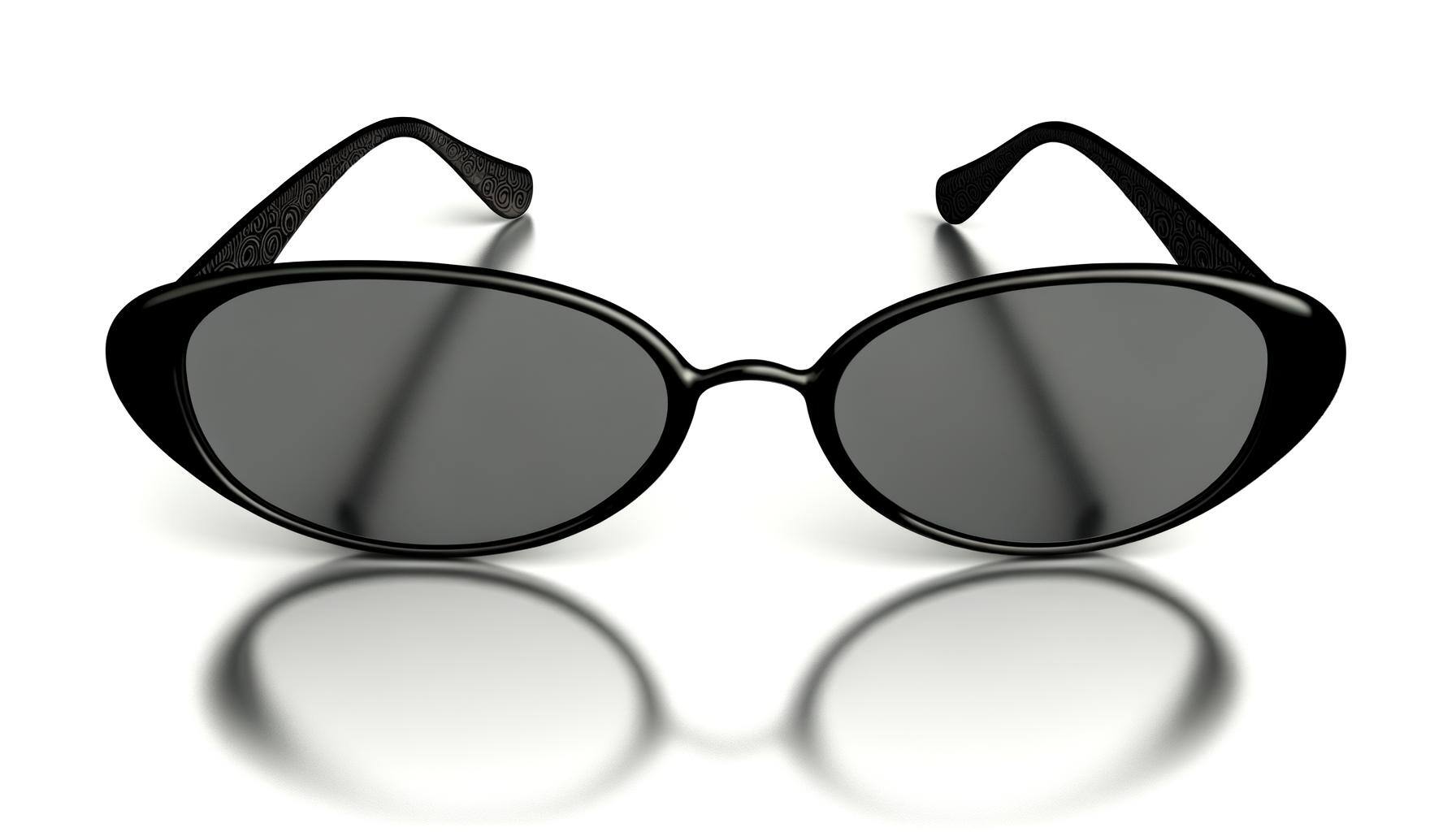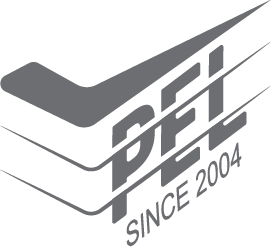With PEL’s experience in eyewear testing, we have conducted RSL (restricted substance list) testing numerous times. With RSL testing, manufacturers who want to be reliable must understand how it affects everyone in the eyewear trade and how effective management of RSL testing can affect them.
This article examines RSL in more detail and explains why it’s essential to anyone in the eyewear trade. We also explain how to stay on top of your restricted substance list and avoid hazardous materials in your eyewear.
What is RSL (Restricted Substance List)?
A restricted substance list (RSL) provides information on regulations and laws restricting or banning certain chemicals and substances from being used in eyewear. An RSL helps companies better prepare for and deal with continually evolving health and environmental standards worldwide.
In the USA, RSL laws vary from state to state and are updated regularly as new information and research emerge. This is an excellent example of why eyewear professionals should know what’s happening with their RSL in their respective regions.
It might seem daunting initially, but rest assured, it’s not unnecessary. We’ll look at proven and tested methods to help you stay compliant and current with your RSL and ensure the safety of your products.
The Importance of RSL Testing for Eyewear Products
Restricted Substance List (RSL) testing ensures the safety and compliance of eyewear with global health standards. RSL testing involves examining the materials used in eyewear for harmful substances that could pose health risks to consumers, such as lead, cadmium, or nickel. This process protects consumers from potential allergens and toxicants. It bolsters a brand’s reputation by demonstrating a commitment to quality and safety. Adherence to RSL standards helps manufacturers avoid costly recalls and legal issues, ensuring that their products meet the stringent regulations set by international markets and facilitating smoother entry and acceptance in competitive regions.
The 6 Main RSL (Restricted Substance List) Culprits
-
Bisphenol-A (BPA)
BPA, an industrial chemical discovered in the 1960s, makes certain plastics and resins.
BPA is found in polycarbonate plastics and epoxy resins, which make specific model eyewear frames. It is also widely used in lenses.
Research has shown that exposure to high levels of BPA is a concern because of possible health effects on the brain and prostate gland of fetuses, children and infants. This leads researchers to believe there is a connection between BPA exposure and infertility.
For this reason, BPA is being banned in most parts of the world. Whether prohibited in your region or not, knowing the BPA levels in the eyewear you produce or sell is good. It's become so important that most companies selling baby products make it a standard to keep their standards up to date. It may be a more personal item, but consider how much eyewear is worn daily.
-
Nickel (NI)
Most metal eyeglass frames are commonly made from Nickel Alloy. Nickel is a known allergen that can cause contact dermatitis (CD) and severe skin irritation.
In response to growing environmental and health concerns, there has been a significant shift in the standards governing the use of nickel in metal eyeglass frames. Recognising the potential harm caused by nickel allergies, these new guidelines focus on minimising nickel exposure to consumers. This proactive measure ensures eyewear meets higher safety standards and aligns with increasing consumer demand for hypoallergenic products. By adopting these changes, the eyewear industry demonstrates a commitment to consumer health and environmental sustainability.
-
Lead (PB) and Cadmium (CD)
Lead and Cadmium are poisonous heavy metals sometimes used in eyewear. They pose a severe risk to public health and the environment. Primary concerns are their effects on brain development in Children.
Young children are particularly vulnerable to the toxic effects of lead. They can suffer permanent adverse health effects if exposed to the metals, particularly affecting the development of the brain and nervous system.
-
Dimethylformamide (DMF)
DMF is a common solvent used for chemical reactions. It is also used to produce acrylic fibres and plastics and is often used to manufacture eyewear cases (artificial leather).
Research suggests that prolonged skin contact can cause liver damage as well as cancer.
-
Phthalates
Phthalates are a family of industrial chemicals used to soften PVC plastic and as a solvent in cosmetics and consumer products.
Phthalates can damage the kidneys, liver, lungs, and reproductive system. High doses can change hormone levels and lead to congenital disabilities.
Phthalates are used to soften the materials used to make eyewear frames. Particular care should be taken to avoid the presence of Phthalates in any eyewear products.
-
Azocolourants and Azodyes (AZO)
Azo dyes are widely used to treat textiles, leather articles, and some foods.
Many azo pigments are non-toxic, although some, such as dinitroaniline orange, ortho-nitroaniline orange, or pigment orange 1, 2, and 5, are mutagenic and carcinogenic.
Azo dyes derived from benzidine are carcinogens; exposure to them has classically been associated with bladder cancer. Benzidine azo dyes were discontinued in the 1980s in most Western industrialised countries. However, these dyes can still be found in some regions in the manufacture of eyewear cases and should be tested for and avoided at all costs.

Preventing the Use of Conflict Minerals in Eyewear
We’ve all heard stories of conflict minerals entering the Western market, and most of us have seen movies like Blood Diamond or Lord of War. As educational as these films are, we’re so far removed from the source that society tends to ignore them.
Admittedly, tracing the origin of precious metals and minerals is difficult. In most cases, you must rely on your manufacturer or suppliers, who form part of a vast supply chain network and often need to be informed of the origin.
However, conflict minerals are about as bad as they get, tearing countries and innocent people’s lives apart. So it’s our responsibility to go the extra mile to sustainably source all the glitter and bling to make our eyewear pretty. The primary precious metals and minerals in eyewear include Tantalum, Tungsten, Gold, and Diamonds.
So, what is the solution to sourcing non-conflict minerals?
For one, you can do proper research as far up the supply chain as possible, but as previously mentioned, this isn’t always easy. Blockchain contracts have opened up a way to trace the origins of minerals and other materials used in eyewear. Admittedly, the technology is still in its infancy and relies on being adopted by more companies.
That being said, the famous jewellery franchise Chow Tai Fook is now collaborating with GIA (Gemological Institute of America) with the use of blockchain and a phone APP so that digital-savvy diamond shoppers can ascertain the origin and authenticity of stones sold by the Hong Kong jewellery chain.
3 Ways Brands and Factories Control Their RSL
-
Build a Raw Materials Database
Factories and brands can test and certify raw materials by building a hazardous substance database and periodically testing the listed substances. This is an excellent way to stay on top of the materials used in eyewear. -
Use Reliable Vendors
Eyewear factories are sourced from various sub-suppliers worldwide. The easiest way to ascertain the quality of the materials sourced is to audit the sub-suppliers that supply the factory.
Testing the materials at the source periodically as they arrive can save you time and resources. We’ve said it a hundred times: prevention is better than cure. -
Inspection
Use only vendors that offer product compliance reports or declarations. Professional and impartial third-party inspection service providers are an obvious choice here.
How Can PEL Help?
At PEL, we have the laboratory expertise and accreditations to provide RSL inspection, lab testing and inspection. We can also help manufacturers audit factory vendors and suppliers to ensure that your suppliers deliver products of the highest quality in the correct quantities and ship on an agreed date.
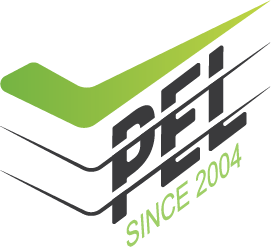

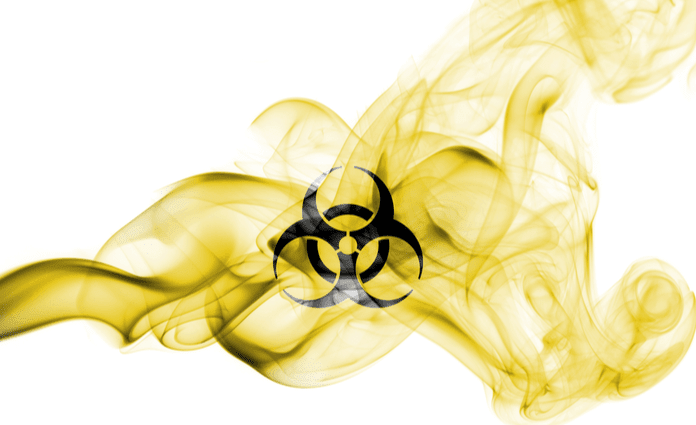
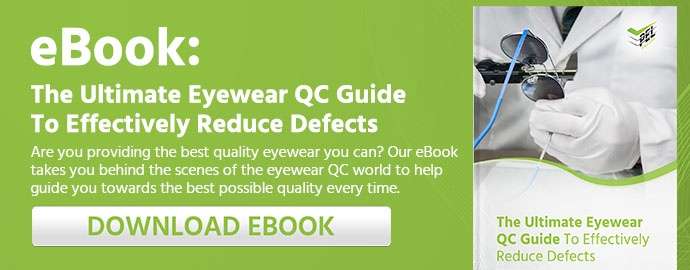

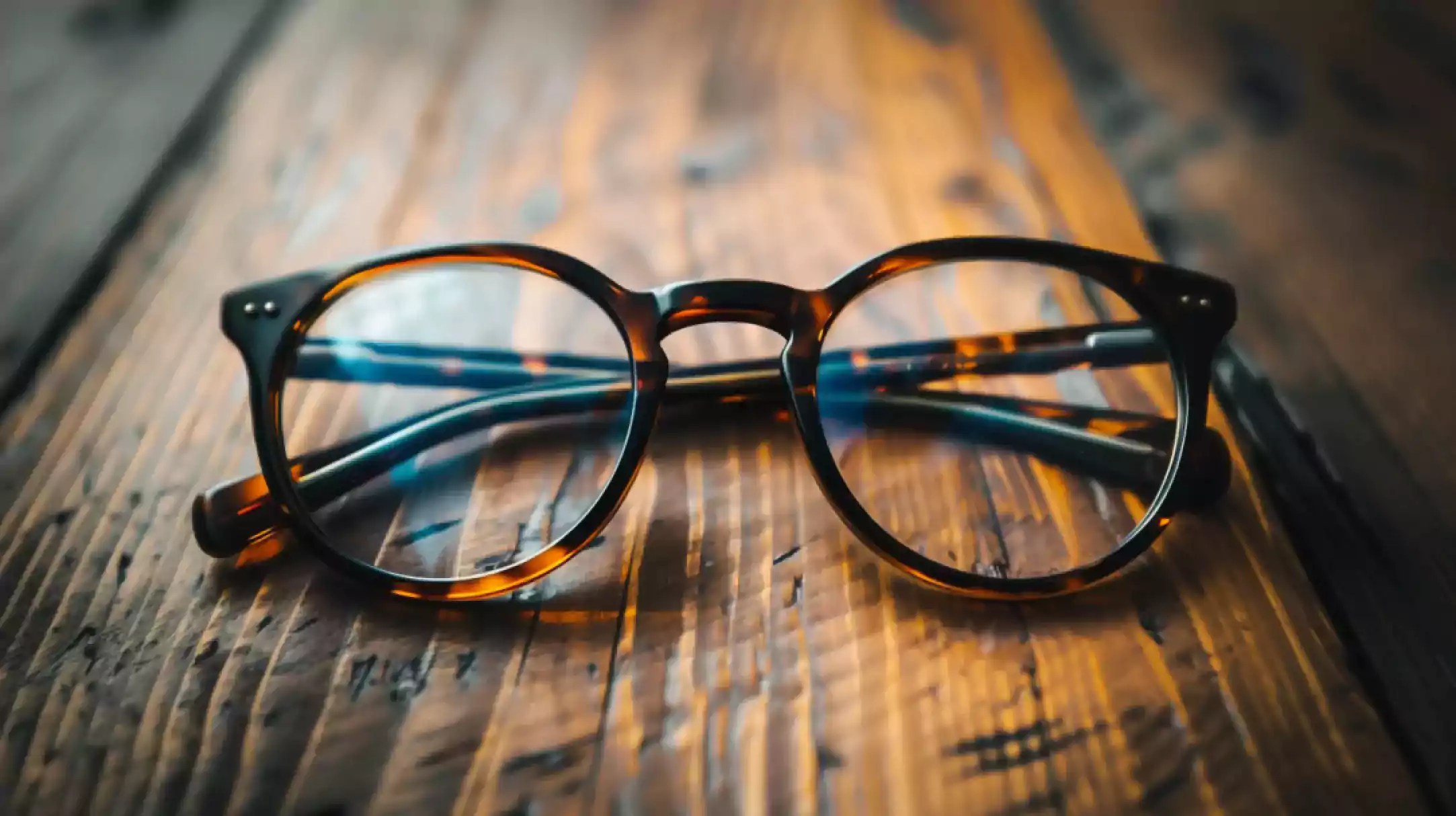
.jpg)
